
Published: Last Updated:
Readtime: 13 min
Every product is carefully selected by our editors and experts. If you buy from a link, we may earn a commission. Learn more. For more information on how we test products, click here.
- The iPhone 16 is Apple’s latest entry-level flagship phone, retailing for AUD$1,399
- The hardware and software experience is great – especially when paired with other Apple devices
- However, the iPhone 16 doesn’t have a ‘killer app’, and Apple Intelligence is lacking
The iPhone 16 is fantastic phone: let’s just get that out of the way right off the bat. It does everything I would ever want a modern tech company’s entry-level flagship smartphone to do, and does so with style. In fact, I was surprised at how well everything just worked.
I’ve been using Apple’s iPhone 16 for the past month, and the biggest issue I’ve had with it is the fact that I’ve largely been an Android user, and every bit of phone-based behaviour I have is based on that. It’s taken me the better part of this past month to unlearn some of these behaviours in order to get comfortable using an iOS device for the first time since 2017, when I first switched to the original Google Pixel.
I’m on the other side of that learning curve now, and I can say with confidence that the iPhone 16 is… well, it’s great. As someone that is used to a higher level of customisation on my phone, I can appreciate some of the steps Apple has made here – my home screen has never look cleaner – and I actually think that there are some ways in which the brand is delivering a better customisation offer than Android is. The new UI is clean, the display is crisp, and everything seems to just work with ease.
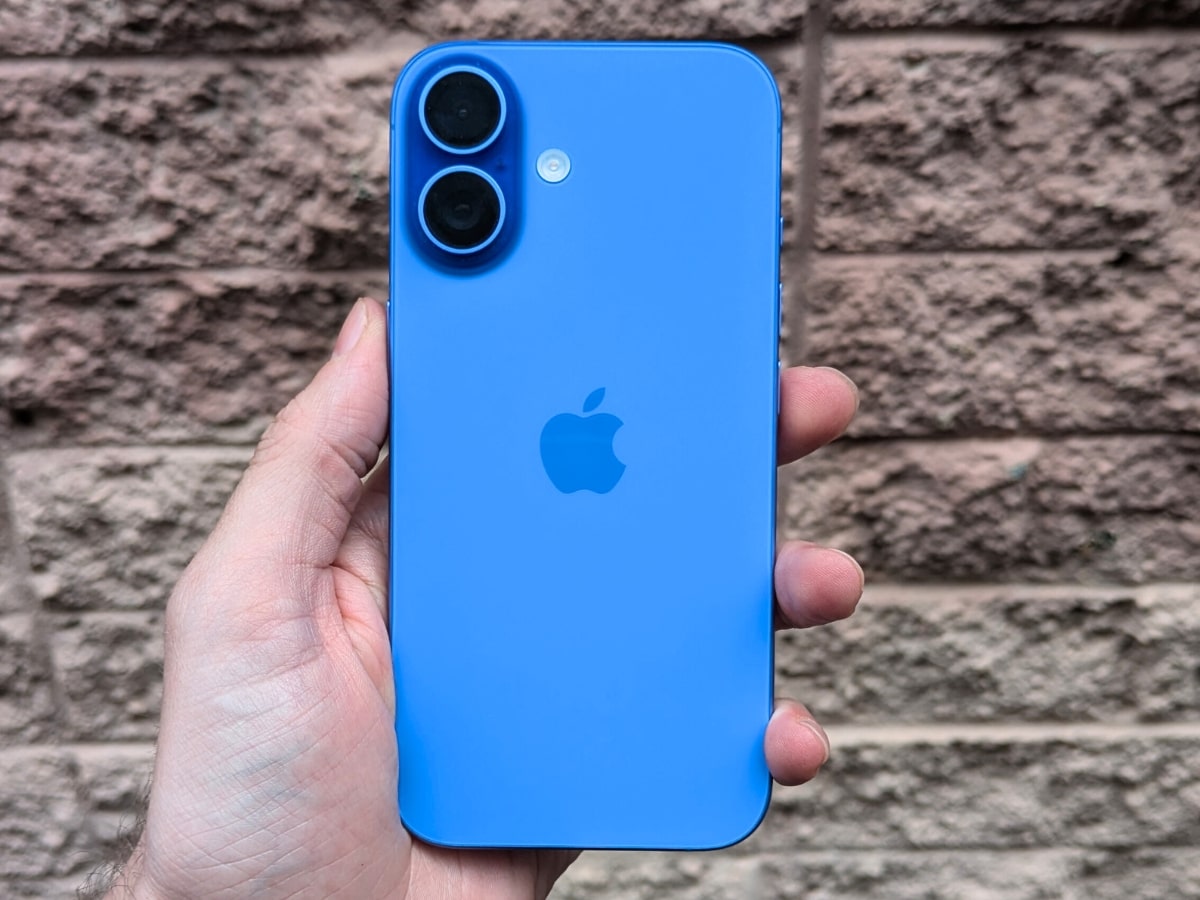
So is that it? End of review? Android user gets converted into an Apple shill? No, I don’t think so. In fact, I’d go so far as to say that while Apple’s latest phone is delivering a great alternative to Google and Samsung’s current crop of Android flagships, it’s also stepping into the same murky AI territory that every tech brand is, and for the first time in a long time, it just doesn’t feel like Apple’s offer is ahead of the game.
Apple’s AI is a slower play at the market, and is looking to be a more considered rollout than the balls-to-the-wall deluge we’ve seen from other brands, in order to try to keep user privacy front-and-centre (so they say).
What this means, though, is that if (like me) you’re not particularly interested in AI as the new-big-thing, this current crop of flagship phones (iPhone 16 included) just don’t have a lot to be excited about. The 16’s hardware is fantastic, don’t me wrong, but if I were an Apple user that is happy with whatever I’ve already got, I’d probably be skipping this generation and looking forward to whatever the brand showcases later this year – I’m particularly interested in whatever the iPhone SE and Air rumours end up pointing to.
With that out of the way, let’s dive into the nitty-gritty of what works, and what doesn’t, with the latest iPhone.
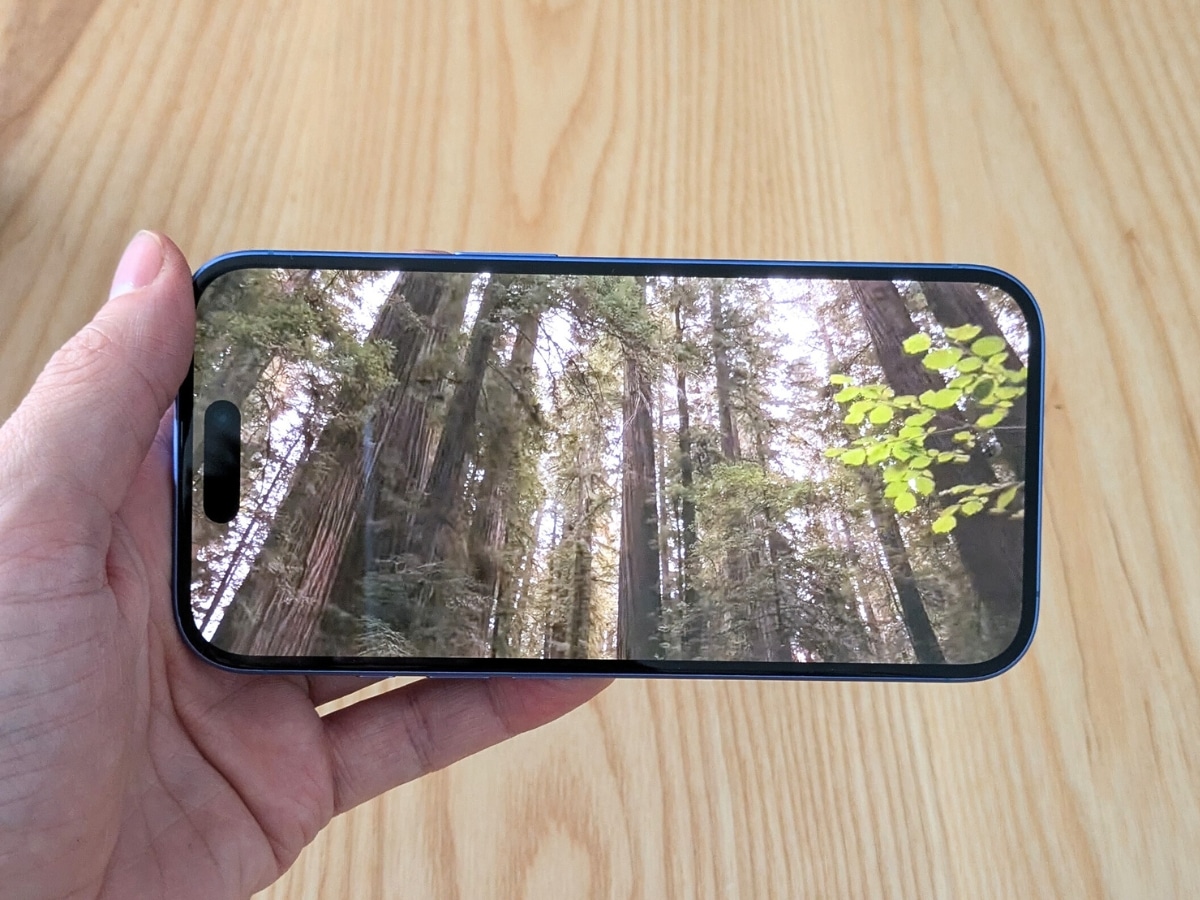
Comparing the Competition
| iPhone 16 | Google Pixel 9 | Samsung Galaxy S24 | |
| Price | From AUD$1,399 | From AUD$1,349 | From AUD$1,599 |
| Display | – 6.1” Super Retina OLED Display – 2556 x 1179 resolution – 60Hz Max Refresh Rate – Ceramic Shield Glass | – 6.3” Actua OLED Display – 2424 x 1080 resolution – 120Hz Max Refresh Rate – Corning Gorilla Glass Victus 2 | – 6.2” AMOLED Display – 2340 x 1080 resolution – 120Hz Max Refresh Rate – Corning Gorilla Glass Victus 2 |
| Operating System | iOS 18 | Android 14 | Android 14 |
| Internals | – Processor: A18 – RAM: 8GB – Storage: 128GB, 256GB, 512GB | – Processor: Tensor G4 – RAM: 12GB – Storage: 128GB, 256GB | – Processor: Qualcomm Snapdragon 8 Gen 3 – RAM: 8GB – Storage: 256GB, 512GB |
| Networking | – 5G – Wi-Fi 7 – Bluetooth 5.3 – NFC Capable | – 5G – Wi-Fi 7 – Bluetooth 5.3 – NFC Capable | – 5G – Wi-Fi 6e – Bluetooth 5.3 – NFC Capable |
| Camera | Front: 12MP Rear: 48MP (wide), 12MP (ultrawide) Can record up to 4K@60fps Can record slow motion 1080@240fps | Front: 10.5MP Rear: 50MP (wide), 48MP (ultrawide) Can record up to 4K@60fps Can record slow motion 1080@240fps | Front: 12MP Rear: 50MP (wide), 12MP (ultrawide), 10MP (telephoto) Can record up to 8K@30fps Can record slow motion 1080@240fps |
| Battery | 3,500mAh | 4,700mAh | 4,000mAh |
| Other features | – Single USB 2.0 Type-C port – Face ID – Qi2 Wireless Charging Compatible – IP68 dust/water resistant (up to 6m for 30 mins) – Apple Intelligence | – Single USB 3.2 Type-C port – Fingerprint reader – Qi Wireless Charging Compatible – IP68 dust/water resistant (up to 1.5m for 30 mins) – Google Gemini | – Single USB 3.2 Type-C port – Fingerprint reader – Qi/PMA Wireless Charging Compatible – Samsung DeX Support – IP68 dust/water resistant (up to 1.5m for 30 mins) – Galaxy AI |
Why Trust Us
Here at Man of Many, we use a wide variety of technology. We’re not fans of any one brand, like to get our hands on the latest-and-greatest tech before we call it the next-best-thing, and we’ve built up extensive experience in reviewing tech as a publication over the past 10 years.
The author of this article, Dean Blake, is Man of Many’s technology journalist, and has followed the industry for years. He’s reviewed a fair bit of the competition, and was provided the product by Apple for the purposes of this review. No money exchanged hands, and all opinions expressed are those of the author and haven’t been seen by Apple ahead of time. For more information on our independence, testing and review guidelines, you can read our full editorial policies here.
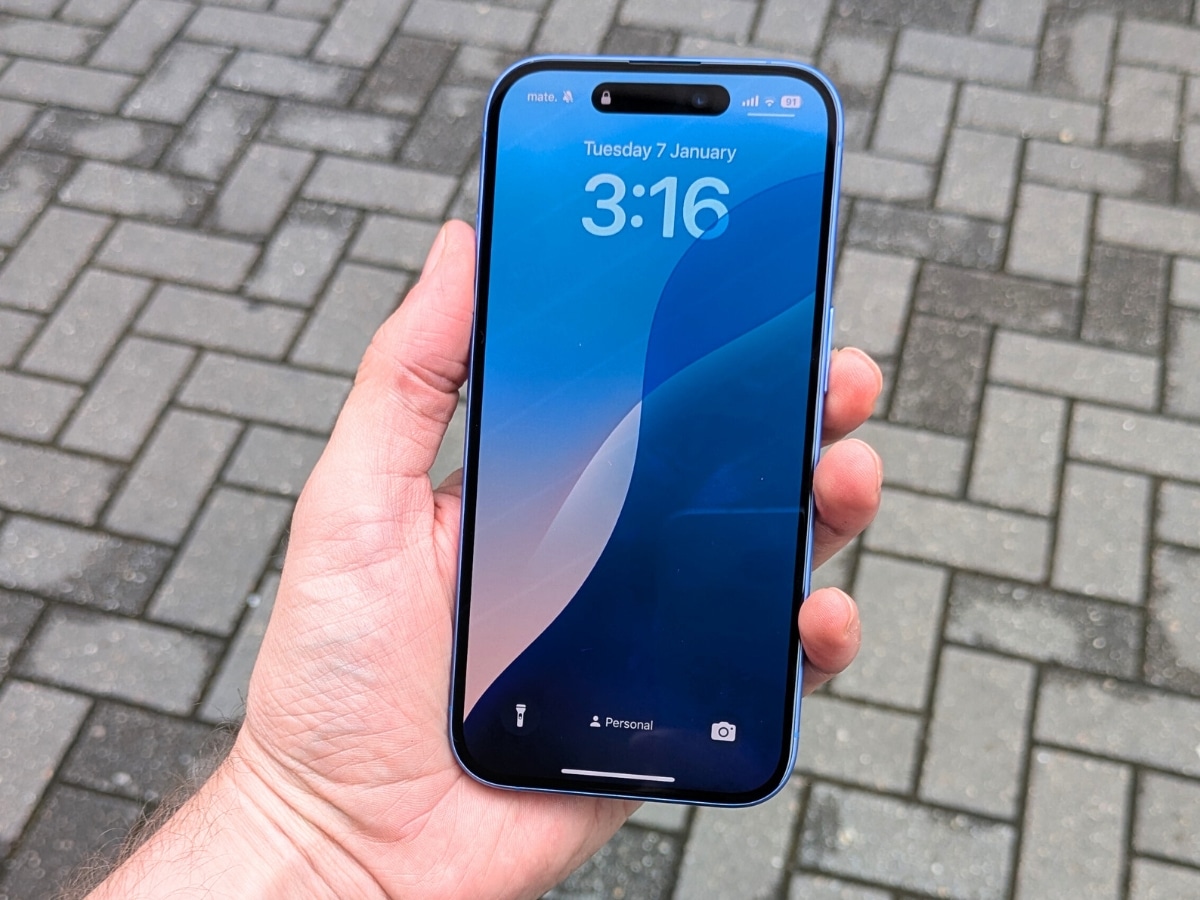
The Good: Simple, Smooth and Sleek
Apple’s hardware design is still top notch
I might have been an Android fan for the past few years of my life, but even I can acknowledge that Apple is often leaps and bounds ahead on design, and the iPhone 16 is no different. There’s a reason that almost every phone, tablet, and laptop looks like Apple’s version each year, and while I’m not a big fan of the colourways Apple went with this generation (particularly around the camera), I can see that the 16 is a beautiful and well made device.
It feels very solid without being too heavy, and due to its 6.1” screen size the 16 is fairly natural in the hand. In my opinion, this is about as big as I’d want a phone to get – any bigger and you’re stretching your thumb to reach for parts of the on-screen keyboard, or need to use two hands. In all honesty, I’d love Apple to bring back the Mini format it abandoned with the iPhone 13 series, but I digress.
That Super Retina display is a crisp, beautiful screen with some fantastic, deep colours, and looks as good as any other I’ve tested. While the competition has slightly fewer pixels-per-inch on their devices, you’d be hard pressed to spot it at a glance: flagship phone screens are really all hitting a good spot where they all look fantastic.
It’s worth pointing out that while the iPhone 16’s display only hits 60Hz (compared to the competition’s 120Hz) you’re not really going to notice this unless you really like scrolling things quickly. Is it a downgrade compared to the Pixel or Galaxy 24? Yeah, technically, but I never noticed.
I did notice the smaller battery, though. At only 3,500mAh, the iPhone 16’s battery is the smallest I’ve used in a while and I could tell. The phone never died on me, but after a day of regular use (a bit of YouTube, music, browsing, and ignoring it to do other things) the battery percentage would end up in the mid 30s – not enough to have me running to my charger, but this isn’t the kind of phone you can forget to charge for a day and have it keep up. Granted, most of us are rarely more than a brisk walk to the closest wall charger, but if you’re an active person regularly finding themselves away from regular power I’d advise picking up a decent power bank.
The iPhone 16’s camera system, once again, looks pretty standard – especially compared to the Pixel 9 – but I found it was more than enough for my daily needs. If you’re after a better camera system, take a look at the iPhone 16 Pro or Pro Max, the Google Pixel 9 Pro, or the Samsung Galaxy S24 Ultra. They’re all more expensive options, but they’ll have far better camera options than the base 16. Like most high-end phones nowadays, the iPhone 16 also wont sit flat because of the protruding cameras – a bugbear for me, but your mileage may vary.
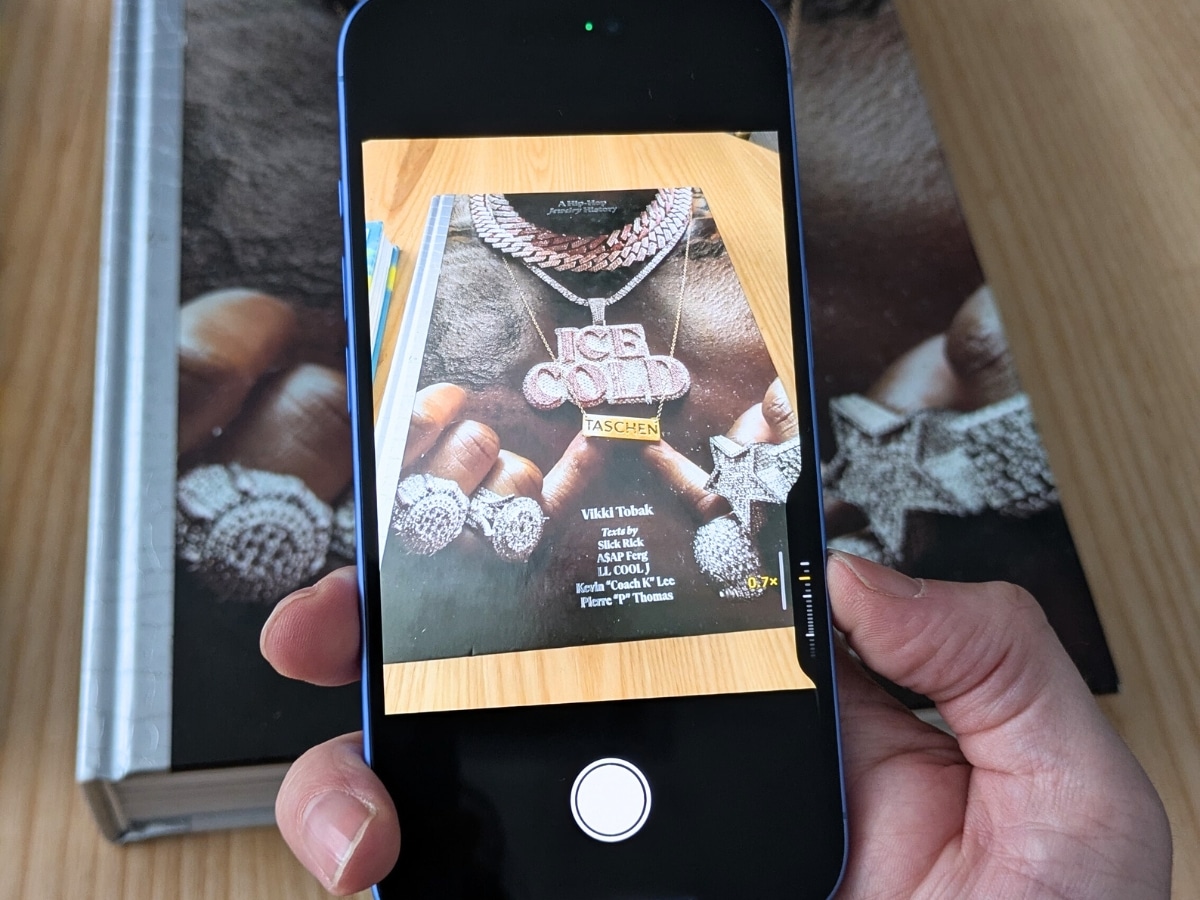
On the camera system, the 16 series is the first to come complete with a Camera Control ‘button’ which can be used to launch the camera system quickly from the home screen (or lock screen), and can then be used to control the camera’s zoom through a fingerprint sensor. Simply drag your finger across the sensor and the camera will zoom in or out, press it for a photo, and hold it for a video. It’s a simple addition that makes it easier to quickly snap the shot you need to before the moment passes, and was something I actually found myself using to catch my cats before they’d stop being cute and revert to the goblins they truly are.
There’s also an Action Button on the opposite side of the device that can be programmed to open a specific app you’ve downloaded, or to switch on/off a specific feature of the phone. I had it set to open my wallet to help make payment easier, but after I realised you can achieve the same thing by pressing the power button twice switched it back to the basic silent-mode switch.
I’m sure power users could come up with some handy uses for such a feature, but I really just wanted to keep my phone quiet when I could.
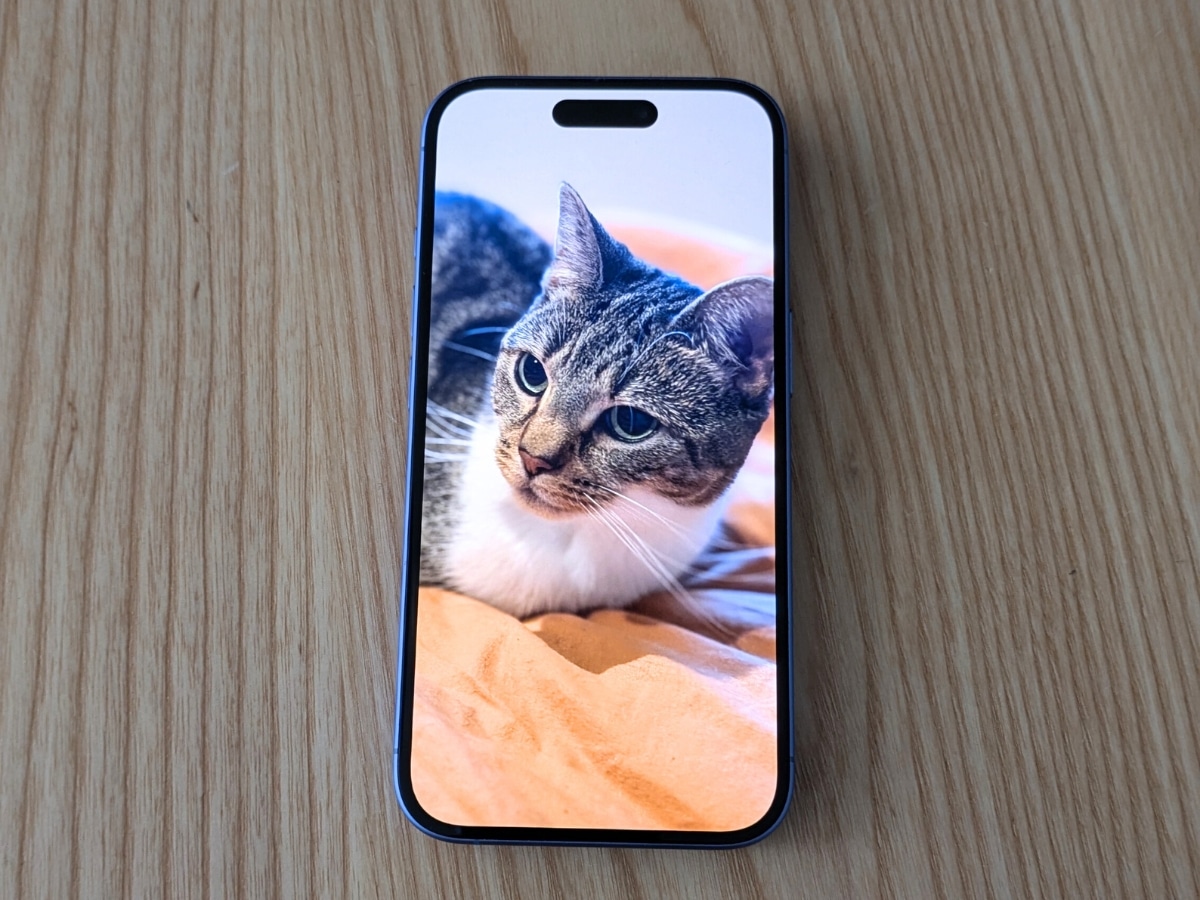
It’s nice inside the Apple Gardens
I have a decent PC at home that uses Windows and, as I’ve mentioned above, I also have an Android phone. In saying that, I haven’t ever tried to pair my phone with my PC – I honestly haven’t seen the point before.
However, I use a company-owned MacBook at work, and pairing that with a decent iPhone has been smooth. With MacOS’ new iPhone Mirroring feature you can literally operate your phone from your laptop, and use it to answer texts or calls, as well as use apps that your laptop might not have access to, which is pretty handy.
Being able to jot down some notes on my phone on the way to work, open my laptop and pick up where I left off is a nice little bonus: and isn’t something that I’d done with my PC/Android combo except through Google’s suite. I’m sure this is something that I could do through other platforms, but the point here, for me at least, is that here it just works. As long as you’re signed in using the same iCloud account everything will sync up nice and quickly.
As someone regularly pulled into all sorts of tech ecosystems as part of this job, I’ll just say that Apple’s is the smoothest I’ve used so far.
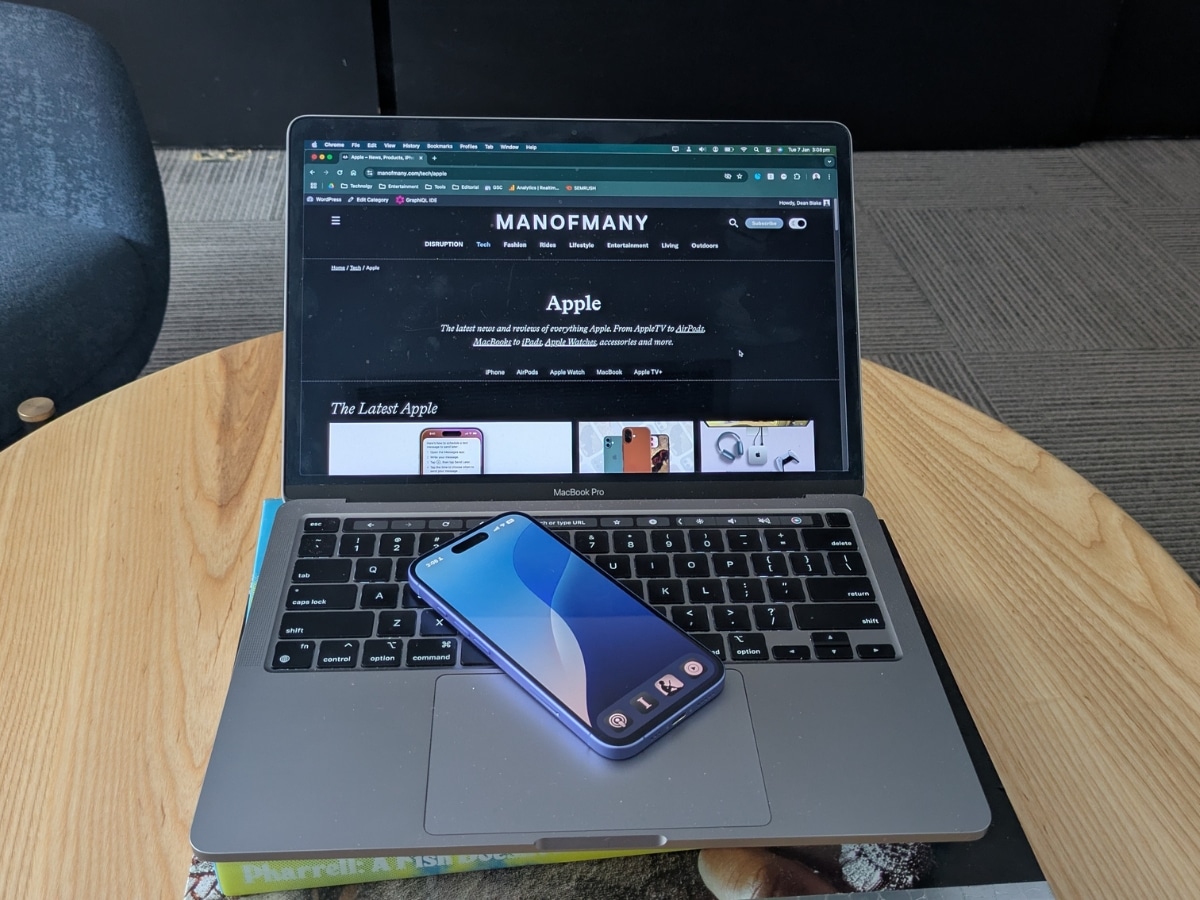
The Bad: There’s No Real Reason to Upgrade
The iPhone 16 is Lacking an Identity
All of that is pretty stellar, so what’s the problem? Well, none of that is all that exciting when a new iPhone 16 costs AUD$1,399. For many people, that’s a lot of money, and none of those impressive features are must haves to someone in possession of almost any phone made in the past few years.
It kind of feels like, beyond Apple Intelligence (which we’ll get to below), the most compelling thing about this iPhone compared to the 15 is that the design has changed, which is in no world something worth spending this much money on.
I’ve previously said that the smartphone market has been flat for the past few years because we’ve hit a point where everything works great: an iPhone 14 does 95 per cent of what an iPhone 16 does, and probably costs half as much (if you can still find a place to buy it). Phone makers have realised this, which is why they’ve gone all-in on adding AI to their devices – it’s something new that they can use to market new products.
There’s only one problem… I’m just not really sure what purpose any of it serves for the end user.
Apple Intelligence Needs More Time
While the iPhone 16 launched a few weeks before Apple Intelligence did, it’s hard to say that AI isn’t the main feature Apple used to market its new line of phones. When Apple Intelligence did drop, it did so on to a group of people who had paid top dollar to get the best AI experience they could have and, predictably, the response has been mixed.
For my money, I don’t think any major consumer tech brand has put forward a compelling use-case for AI to be integrated into my pocket, and Apple hasn’t changed my mind. Using ‘Writing Tools’ to proof-read my notes is fine and all – but that’s something that Microsoft Word, Google Docs, and Apple’s own Pages have been doing for literal decades.
Image Playground is interesting to play around with for a few minutes, but honestly there’s enough AI art in Google Images already, and most of it is terrible and soulless. Genmoji is… fine, but I don’t really see the point in communicating in little gifs that lack the context and impact that a well-timed meme does, though I’ll admit that I’m probably not the target audience for this stuff.
Given how much money tech brands have pumped into AI, how much they’re banging on about it, and how much energy data centres are using in order to keep it going, I haven’t really seen the point behind all that effort.
I’m sure it’ll keep growing with time, but at the moment, I wouldn’t recommend anyone base their purchasing decisions on whether their phone can sub-edit their messages: we’ve had auto-correct for a long time.
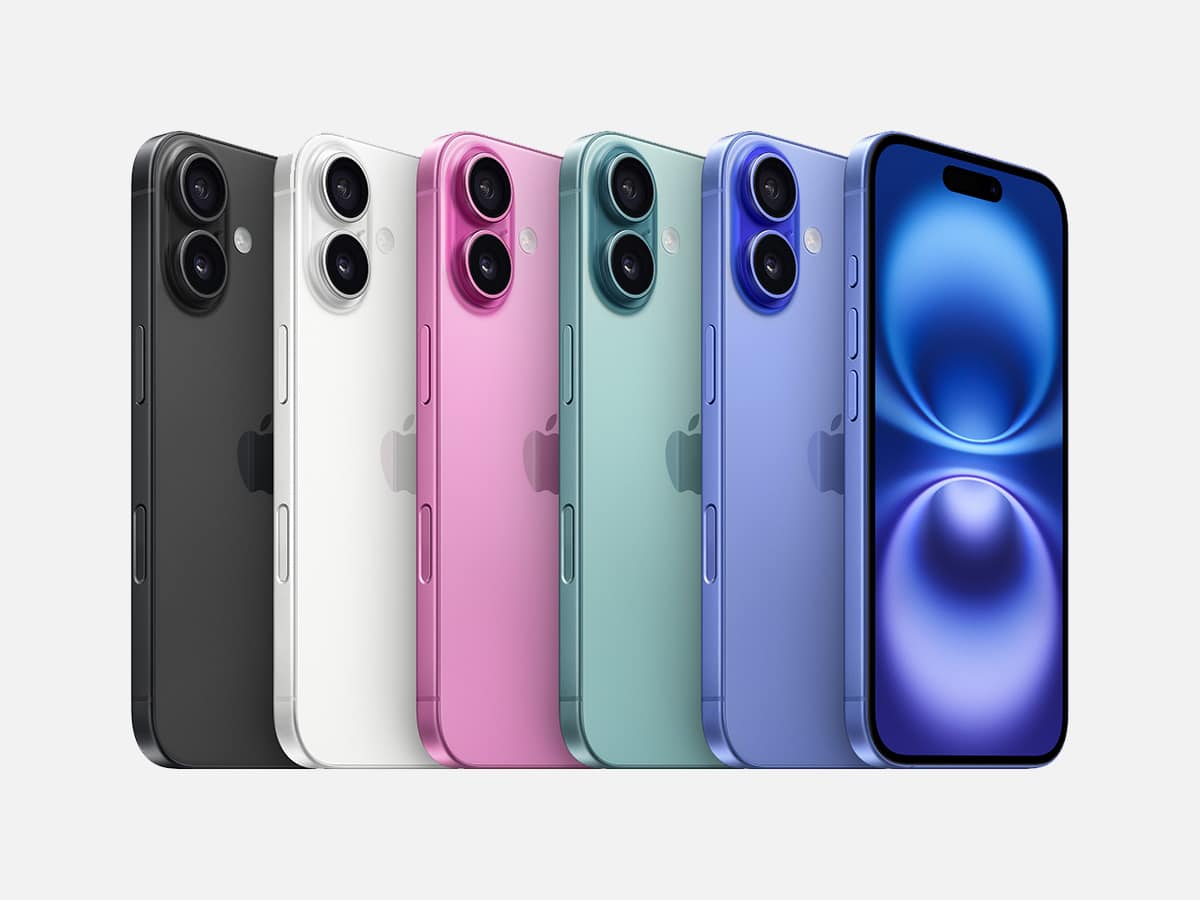
Many of Many’s Verdict on the iPhone 16
At the end of the day, the iPhone 16 is a fantastic phone. It’s thin, light, and well designed, and nails almost every aspect of what a modern smartphone should. For most iPhone users looking to upgrade to something new and shiny, this is the pick: it’s competitively priced (AUD$1,399) and it’s going to serve you well for as long as you can take care of it, or as long as Apple keeps updating its OS.
If you want something with a bit more power under the hood, or are a content creator looking for their next handy sidearm, I’d look at the iPhone 16 Pro (AUD$1,799), the Google Pixel 9 Pro (AUD$1,699), or the Samsung Galaxy S24 Ultra (AUD$2,199).








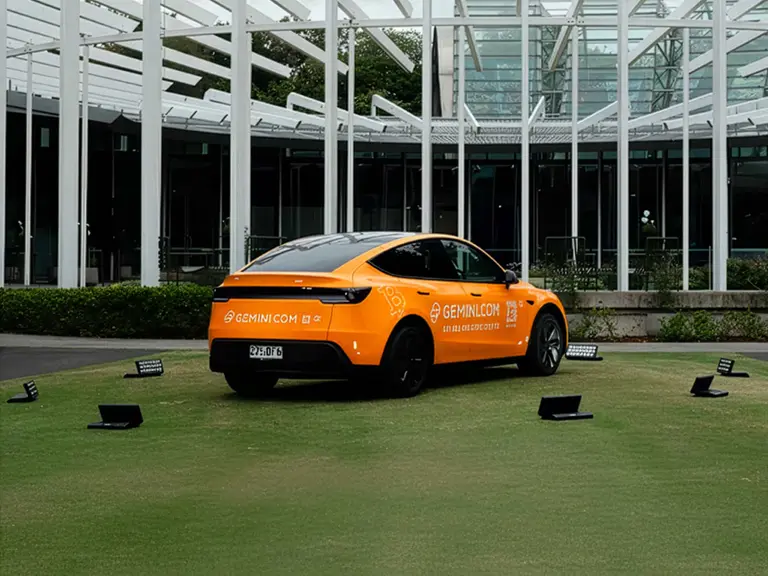
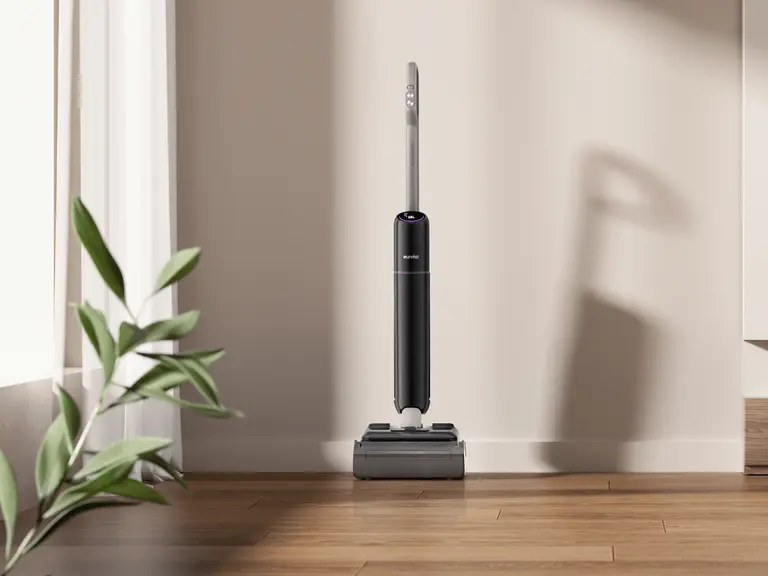


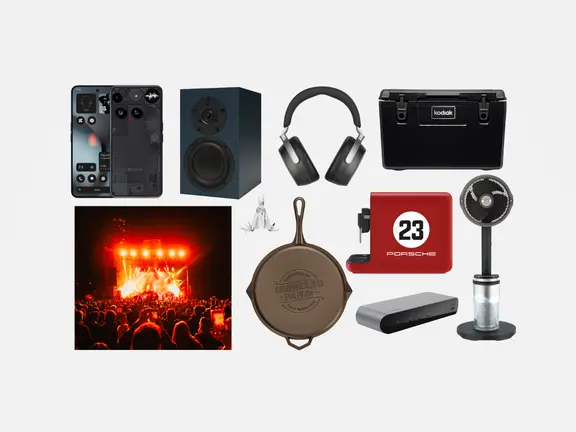
















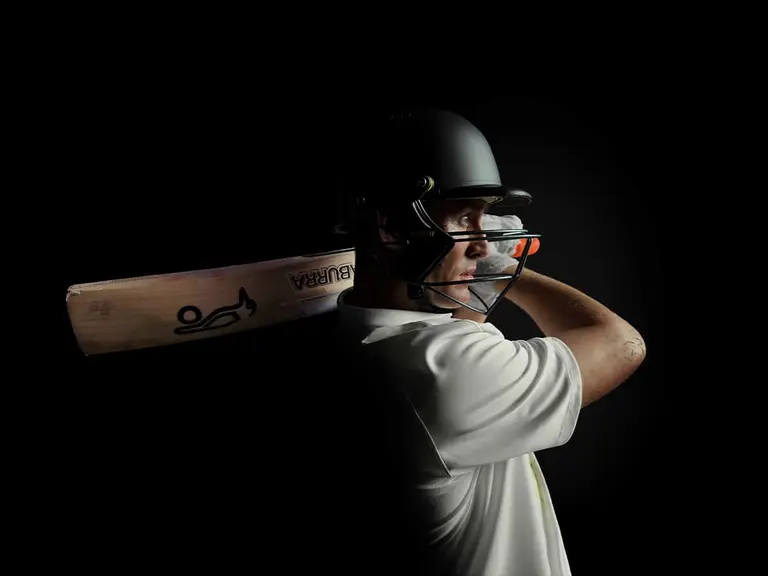

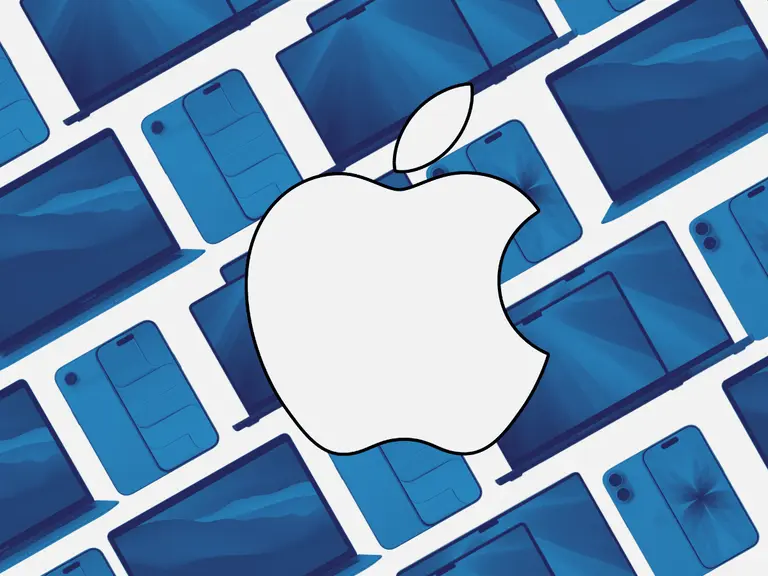


Comments
We love hearing from you. or to leave a comment.